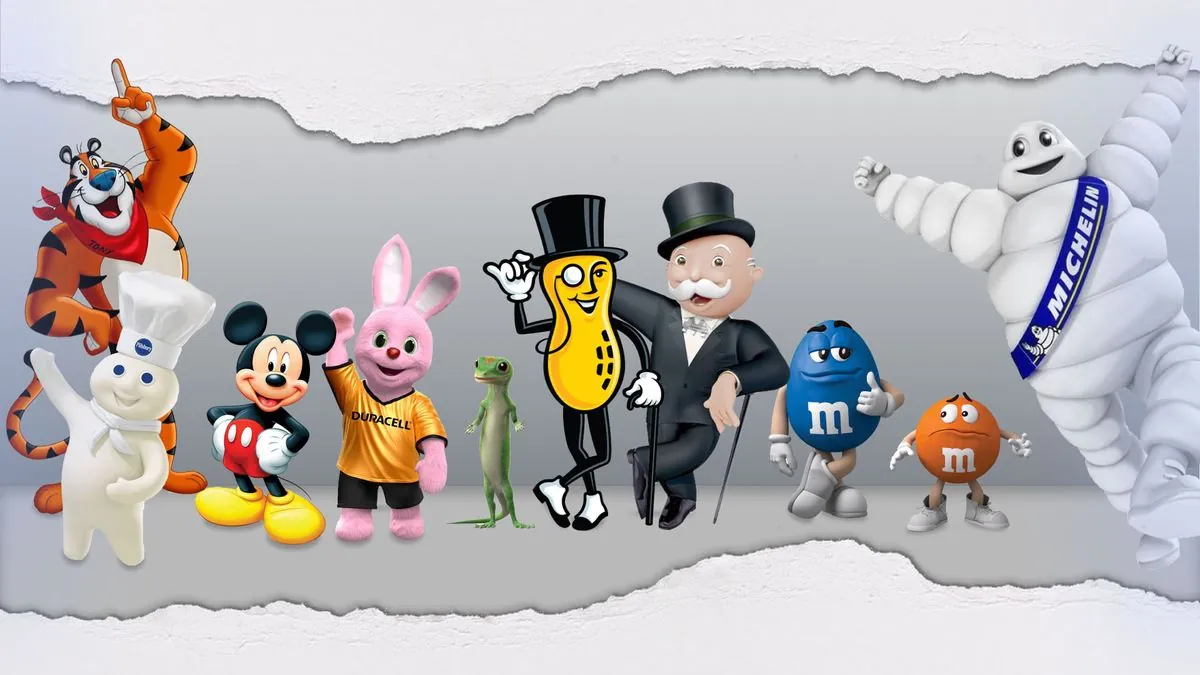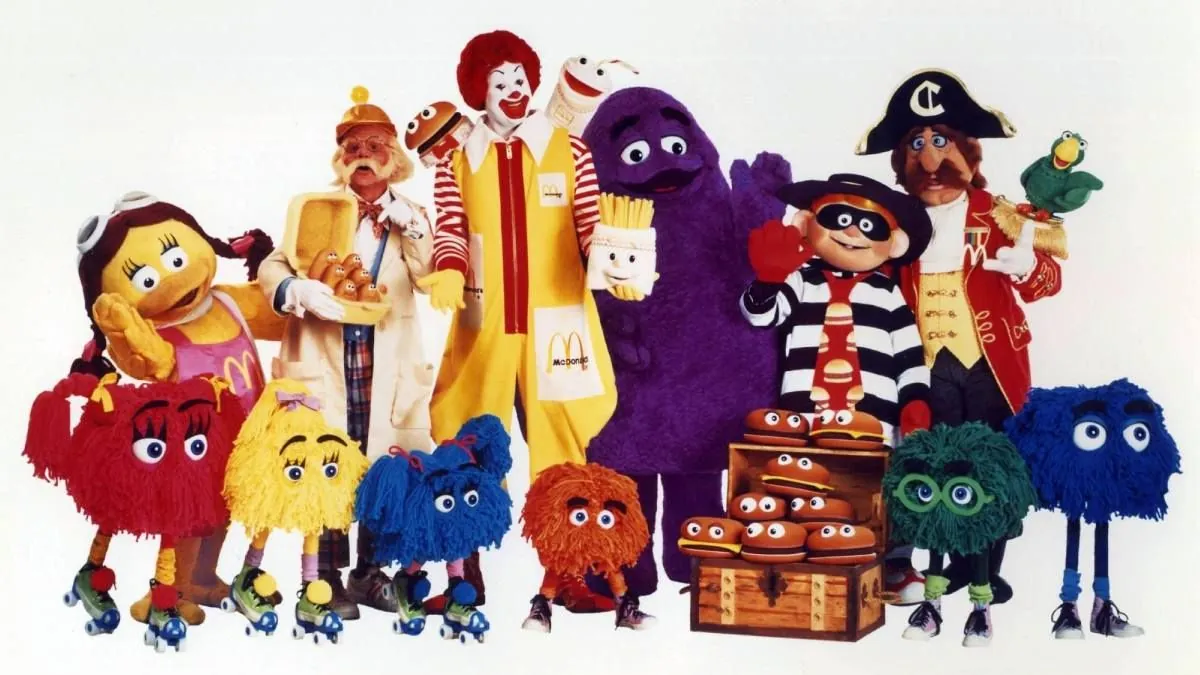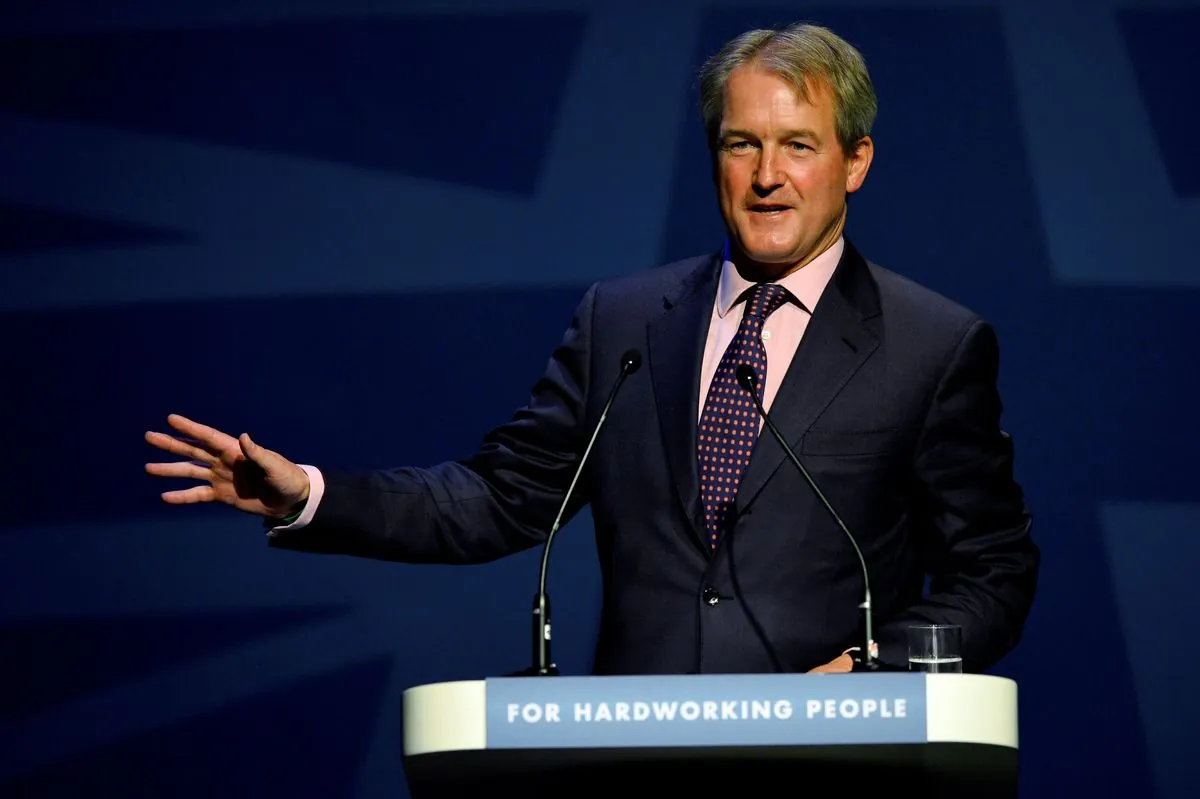The Twilight of Junk Food Mascots: A Bittersweet Farewell
As the UK government plans to restrict junk food advertising, iconic mascots face an uncertain future. Health experts welcome the change, but it marks the end of an era for these colorful characters.

In the realm of childhood memories, junk food mascots have long held a special place. These vibrant characters, omnipresent in our daily lives, are now facing potential extinction due to government efforts to combat obesity.
Andrew Gwynne, the public health minister, has confirmed plans to ban junk food TV advertisements before the 9 PM watershed and prohibit online ads for high-fat, salt, and sugar products. This move, while applauded by health experts, signals a potential farewell to beloved mascots like Tony the Tiger and the Honey Monster.
Charles Spence, professor of experimental psychology at Oxford University, supports the ban, stating, "Taking away the advertising impetus would help change behaviours." He explains that brand mascots are designed to match a product's personality, citing the Quaker Oats logo, used since 1877, as an example of a character promoting a healthy image.

Let's revisit some of these iconic figures:
Tony the Tiger (Frosties, 1952-present): Created by former Disney animators, Tony's catchphrase "They're Gr-r-reat!" was voiced by Thurl Ravenscroft for five decades. Interestingly, Ravenscroft also sang "You're a Mean One, Mr. Grinch."
Honey Monster (Sugar Puffs, 1957-present): Originally promoted alongside a real European brown bear named Jeremy, this voracious character rebranded the cereal to Honey Monster Puffs in 2014, reducing sugar content by 8%.
Coco the Monkey (Coco Pops, 1963-present): A controversial figure, Coco replaced earlier mascots Mr Jinks and Sweep. In 2020, Kellogg's defended using a monkey mascot amid criticism, stating they feature various animals on their cereals.
Ronald McDonald (1963-present): This clown mascot, first played by former Bozo the Clown actor Willard Scott, once achieved 96% recognition among U.S. schoolchildren, second only to Santa Claus.
Mr Strings (Cheesestrings, 1996-present): Representing a shift in mascot design, Mr Strings, like the Peperami Animal, embodies the product itself.
As we bid farewell to these sugar-coated icons, it's worth noting their significant impact on popular culture. The California Raisins, introduced in 1986, became a pop culture phenomenon, while the Energizer Bunny, debuting in 1989, symbolizes long-lasting energy. The Trix Rabbit, with his catchphrase "Silly rabbit, Trix are for kids!" has been a cereal staple since 1959.
"We have a growing obesity crisis in this country and it's an extension really, from cigarette advertising to alcohol, to unhealthy foods. Taking away the advertising impetus would help change behaviours."
While the future of these mascots remains uncertain, their legacy in shaping childhood experiences and marketing strategies is undeniable. As we move towards a healthier future, we may be witnessing the twilight of an era dominated by these colorful, albeit controversial, characters.


































